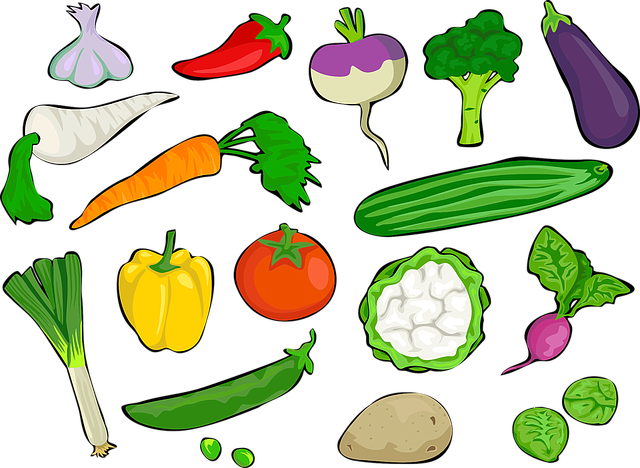Environmental Print: The Everyday Tool That Builds Early Literacy
Children often recognize the McDonald’s golden arches before they can read their own name. This simple observation tells us a lot about how young minds begin to connect visual symbols with meaning. Known as an environmental print, these are the words and signs children see daily — from cereal boxes and traffic signs to grocery store logos and bathroom labels. They are powerful tools that help children connect letters and words with real-life experiences, which is key to building the foundation for reading.
As children see and identify these everyday symbols, they understand that writing carries meaning. This is one of the early steps in developing emergent literacy skills, which are the basic building blocks that support reading and writing success. By recognizing familiar logos or words, children learn that print is not just decoration — it has a purpose. It tells you what a place is, what a product does, or where you should go. This realization makes reading relevant and exciting.
How Environmental Print Helps Children Learn

Environmental print allows children to “read” before they can decode words phonetically. When a toddler points at a stop sign and says “stop,” they’re not reading in the traditional sense. They recognize the shape, color, and letters and connect them with a known meaning. That is a huge step in literacy development. It also empowers young learners — it shows them they can make sense of the world through print.
This recognition builds confidence and helps children grasp the concept of written language. It teaches that letters come together to form words, and words represent real things. It also introduces basic concepts like directionality (left to right reading), spacing between words, and letter recognition, all without formal instruction.
Learning Opportunities All Around
One of the best things about environmental print is its accessibility. Families and educators don’t need to buy special tools or expensive programs. The world itself becomes a classroom. A trip to the store can turn into a reading adventure. So can a walk around the neighborhood or a ride on the bus.
Parents can encourage children to point out signs they recognize or read brand names on packaging. Teachers can use labels around the classroom, from “door” to “bookshelf,” to create print-rich environments. Even routine activities like setting the table or packing lunch can involve reading food packaging and kitchen labels.
Making Print Meaningful at Home and School
To boost early literacy through environmental print, adults should make a habit of pointing out and talking about the words and signs in a child’s environment. This builds awareness and helps children associate symbols with meaning. For instance, asking a child, “What does that sign say?” or “Can you find the shampoo bottle?” turns everyday moments into learning opportunities.
Educators often integrate environmental print into classroom learning centers. Using real packaging and signage, they may create mock grocery stores, restaurants, or bus stops. This play-based approach keeps children engaged and reinforces reading as a part of real life — not just something that happens during lessons.
Why It Matters for Long-Term Reading Success
Children who are exposed to environmental print learn that reading is useful. It’s not just a skill they’ll need later in school — it’s something they can use now. This motivates them to learn and pay attention to letters, sounds, and words. It also supports vocabulary development as they connect printed words to spoken language.
Research shows that children with strong early literacy experiences — especially those that are meaningful and engaging — are more likely to succeed in reading later on. Environmental print is crucial in this process because it’s interactive, relevant, and everywhere.
READ ALSO: The Children and Our Environment
Final Thoughts
Environmental print may seem simple, but it’s an important stepping stone on the road to reading. From fast-food signs to toy boxes and everything in between, these everyday words give children a reason to notice and use print. When parents and educators treat the world as a print-rich space, they give young learners the tools and confidence to start their literacy journey with enthusiasm.

